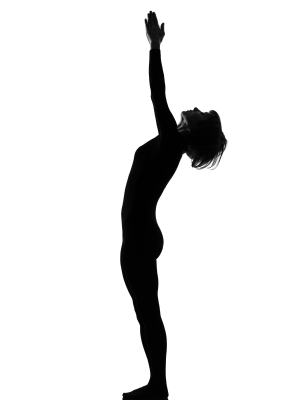 Sun Salutation is a dynamic sequence of yoga poses, asanas, in Sanskrit.
Sun Salutation is a dynamic sequence of yoga poses, asanas, in Sanskrit.
It was not considered part of traditional hatha yoga practice at first, but was later added to the original asana group. It is very effective in energising and warming the whole body to prepare for other asanas or for the day ahead.
After a busy day, you look forward to an evening practice of just slowing down, easing your tensions away, and preparing for a good night sleep. If these are the benefits you look for in your evening practice, is Sun Salutation still good for you then?
A little background information first:
According to one of the great yoga masters, Swami Satyanada Saraswati (1923 – 2009), the ideal time to practice Sun Salutation, Surya Namaskar, is at sunrise, the most peaceful time of the day (and whenever possible, practice in the open air, facing the rising sun). The Sanskrit name, Surya refers to the sun and Namaskar means to bow or to show respect.
However, the yoga master goes on to say that Surya Namaskar may be practiced at any time of the day provided that the stomach is empty, confirming that Sun Salutation can be a versatile practice!
How could you make Sun Salutation more suitable for your evening practice?
The practice of Sun Salutation loosens, stretches, massages, and tones all the joints, muscles and internal organs of the body. By practicing Sun Salutation in a gentler way, it will relax and recharge the body instead of raising energy. You can add more restorative simple asanas, such as a lying down spinal twist and a child pose after Sun Salutation. After practicing all these asanas, also you can practice a gentle Pranayama, such as Nadi Shodana, alternate nostril breathing, a breath control technique that harmonises the nervous system, as well as guided deep relaxation and/or meditation to make the evening session complete and relaxing.
A well-balanced 15 minute to 30 minute evening practice could help you get a better night sleep, and be more rested for the next day.
* If you have any health concerns, consult with a doctor or other healthcare professionals before commencing any yoga practice.
